Types of work in public administration and safety
This industry includes workers who provide:
-
police services
-
investigation and security services
-
fire protection and other emergency services
-
correctional and detention services
-
regulatory services
-
border control
-
other public order and safety services.
It includes work in government bodies that:
-
set policy
-
oversee government programs
-
collect revenue to fund government programs
-
create laws
-
create case law through the courts
-
distribute public funds.
WHS duties
Everyone in the workplace has WHS duties under the model WHS Act.
You have specific duties if you are:
-
a person conducting a business or undertaking (PCBU)
-
a principal contractor
-
a designer, manufacturer, importer, supplier and installer of plant, substances or structures
-
an officer.
The model WHS Regulations have duties that apply to the public administration and safety industry. This includes managing risks of the work environment, hazardous manual tasks, powered mobile plant and hazardous chemicals.
As a PCBU, you must, so far as is reasonably practicable:
-
ensure the health and safety of workers and others at your workplace
-
consult with workers who carry out work for the business or undertaking and who are (or are likely to be) directly affected by a health and safety matter, and
-
consult cooperate and coordinate activities with all other relevant duty holders.
Managing risks
You must, so far as is reasonably practicable, eliminate or minimise risks in the workplace.
When identifying hazards and assessing and controlling risks, consider how diverse the industry is.
You should manage risks by following a systematic process of:
-
Identifying hazards—find out what could go wrong and what could cause harm.
-
Assessing risks, if necessary—understand the harm each hazard could cause, how serious the harm could be and the likelihood of it happening.
-
Controlling risks—implement the most effective control measures that are reasonably practicable in the circumstances.
-
Reviewing control measures to ensure they are working as planned.
Health risks in public administration and safety
Mental health disorders are common for this group.
Workers are higher risk for anxiety, depression and post-traumatic stress conditions, from things like:
-
prolonged and high levels of mental stress
-
seeing or being in a traumatic situation
-
being involved in violence.
Workers in this industry also have high rates of cardiovascular conditions, including:
-
stroke
-
coronary artery disease (atherosclerosis)
-
high blood pressure (hypertension)
-
heart failure.
Risks are higher for:
-
fire fighters
-
police officers
-
guards
-
security officers.
Common hazards
Common hazards in this industry include:
-
exposure to hazardous chemicals – particularly applicable to fire fighters
-
workplace violence and harassment – particularly applicable to people who work with members of the public
You must also:
-
prepare an emergency plan
-
continue to consult with people doing the work and eliminate or minimise risks
What we’re doing about public administration and safety
The industry is a priority under the Australian Work Health and Safety Strategy 2023–2033.
We’re working with jurisdictions, industry, unions, relevant organisations and the community to reduce the:
-
incidence of serious injury by at least 30% by 2022
-
number of work-related fatalities due to injury by at least 20%.
The Public administration and safety: Priority industry snapshot has more data on deaths, injuries and illnesses in the industry.
